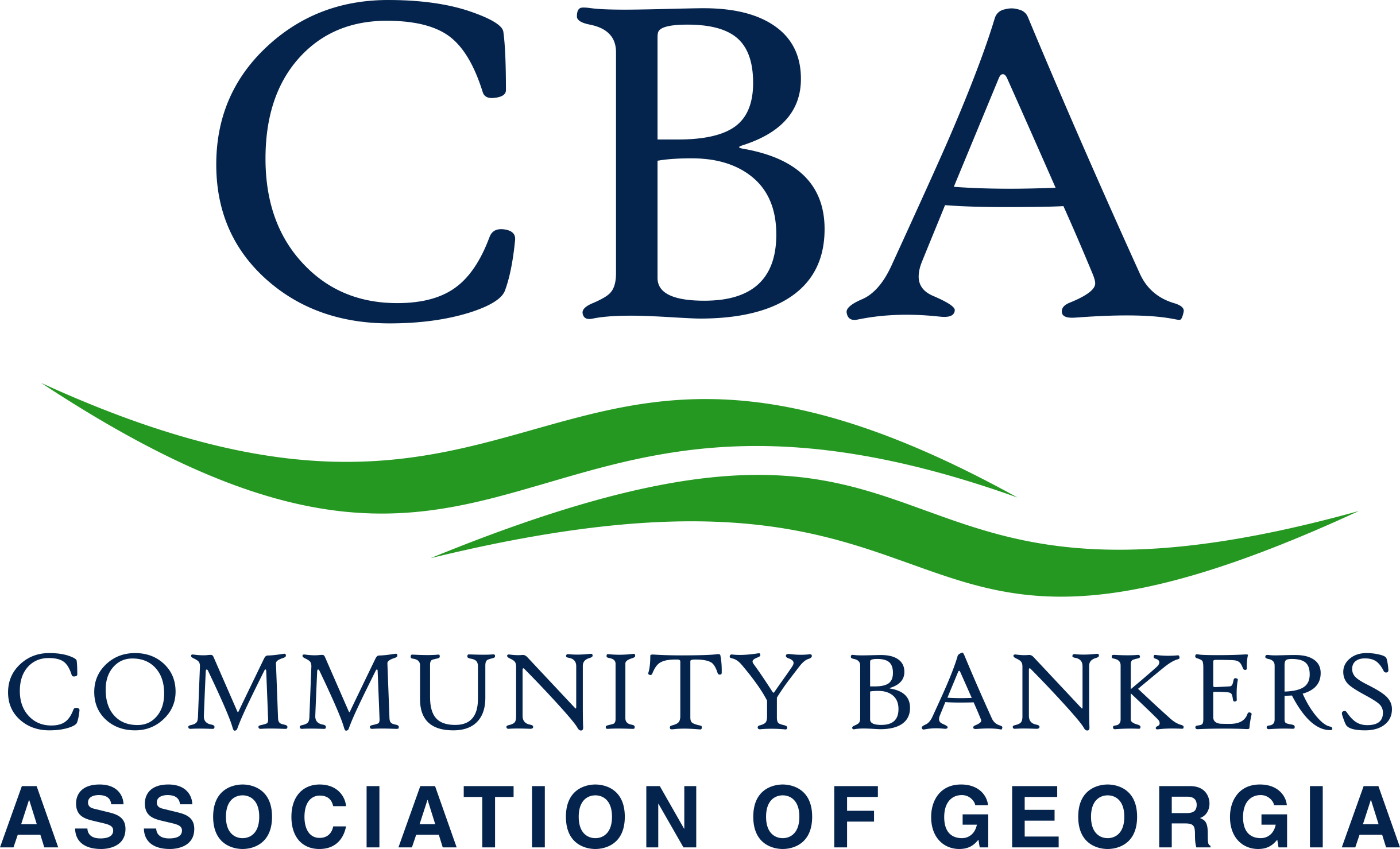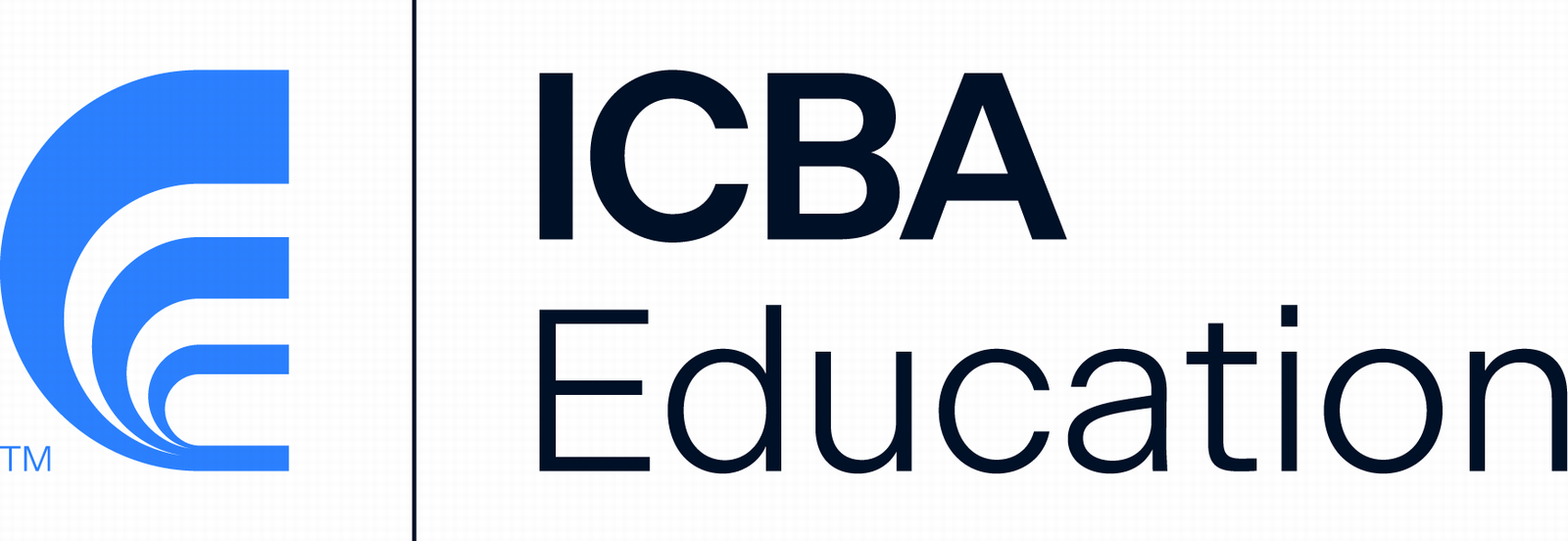From Predictive Analytics To Training Data, an AI Glossary For Bankers
 From BAI Banking Strategies
From BAI Banking Strategies
As artificial intelligence (AI) reshapes the way business and society operate, a fundamental understanding of AI is quickly becoming a prerequisite for success across various industries and job roles. That’s certainly true in banking, where the rapid proliferation of AI is drawing more and more non-technical banking executives into contact with this technology. These non-experts are asked to make decisions about AI and AI investments, to approve or participate in AI implementation projects, and even to start employing AI in their day-to-day work.
AI, which in the broadest terms is a simulation of human intelligence by machines, is transforming nearly every aspect of banking—or it will soon. In addition to revolutionizing the client experience, operations, lending and other central pillars of the business, AI is also altering the nature of the industry itself as it creates new capabilities, empowers new competitors and triggers new regulations. Some of the most well-established AI use cases so far have emerged in the areas of fraud detection and customer service.
To help banking leaders get up to speed, we put together a short, high-level glossary of important AI terms. Although this simple list of definitions won’t make anyone an AI subject-matter expert, it will provide a basic understanding of how these words and phrases apply to banking and why they are especially relevant for professionals working in the industry.
Document AI: Document AI combines tools like machine learning (ML) and natural learning to process and extract information from documents. At its broadest definition, document AI is one of the most used AI tools in banking, with applications in loan document processing, onboarding document review, investor report analysis and other critical areas.
Generative AI: Gen AI is AI capable of creating new content such as text, images and code. Around the world, it’s probably the AI technology that’s had the biggest impact or at least made the biggest impression. Using applications like ChatGPT, people across every industry are leveraging gen AI (sometimes styled GenAI) to summarize documents, draft contracts and write code. Bankers and other industry professionals utilize these tools to generate insights for clients and streamline low-value tasks, such as account planning, thereby freeing up time to focus on directly serving clients and growing the business.
Predictive analytics: Predictive analytic platforms analyze data to forecast future outcomes. Predictive analytics have the potential to significantly impact banks’ profitability by enabling them to better anticipate and prevent loan losses and defaults. From a client-facing perspective, predictive analytics can enhance service by enabling bankers to anticipate client needs.
Predictive analytics could also unlock new revenue sources for banks. Currently, banks are leveraging predictive analytics to provide commercial banking clients with advice on key functions like cash flow and working capital management.
Natural language processing: NLP is an application of AI that allows machines to understand and create human language. NLP solutions are already widely used, helping banks reduce headaches for clients in KYC, onboarding and other documentation requirements with document search and review. They are also aiding clients by powering the increasingly ubiquitous chatbots, increasing self-service options and reducing manual work for relationship managers and bank servicing teams.


